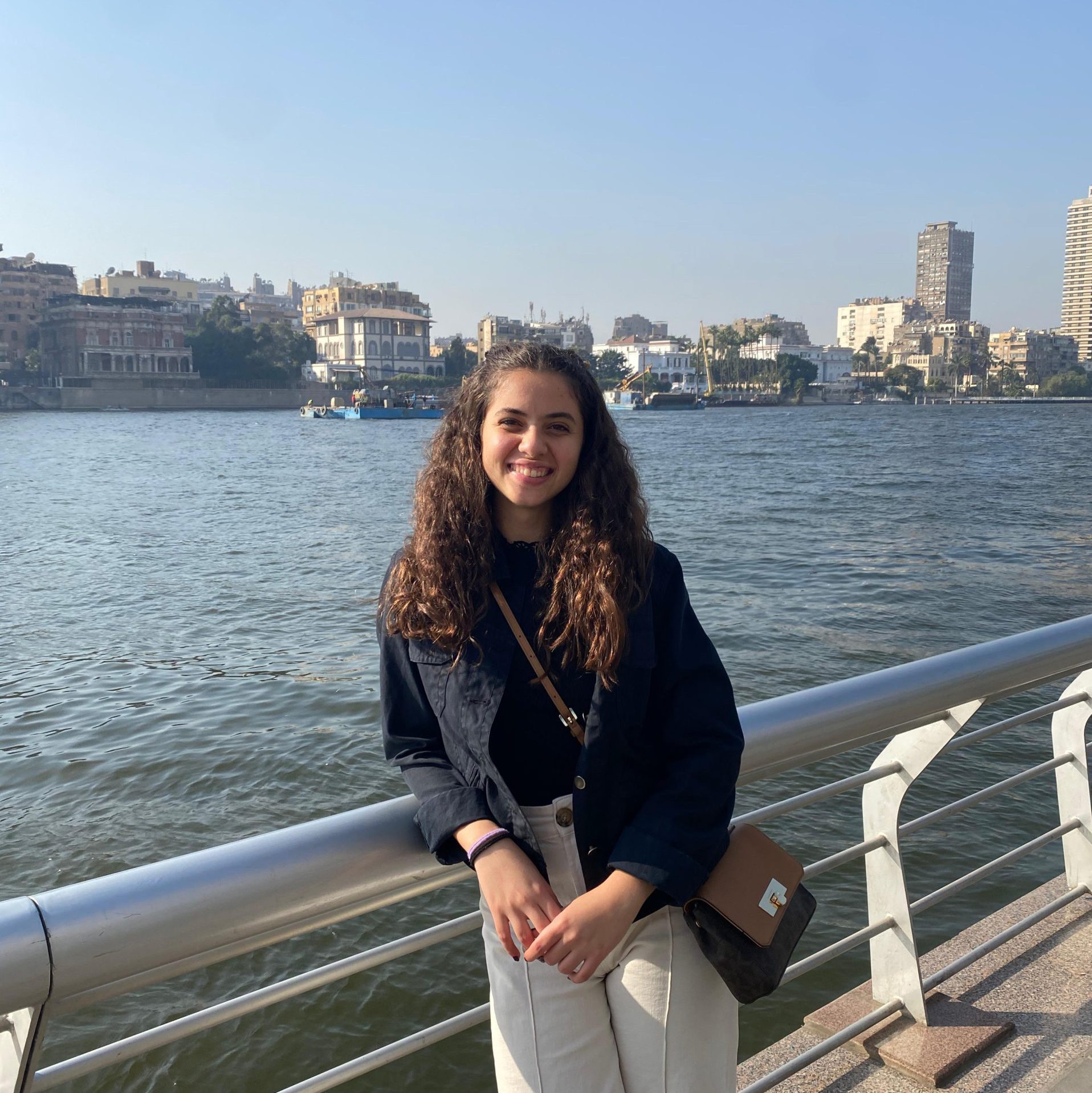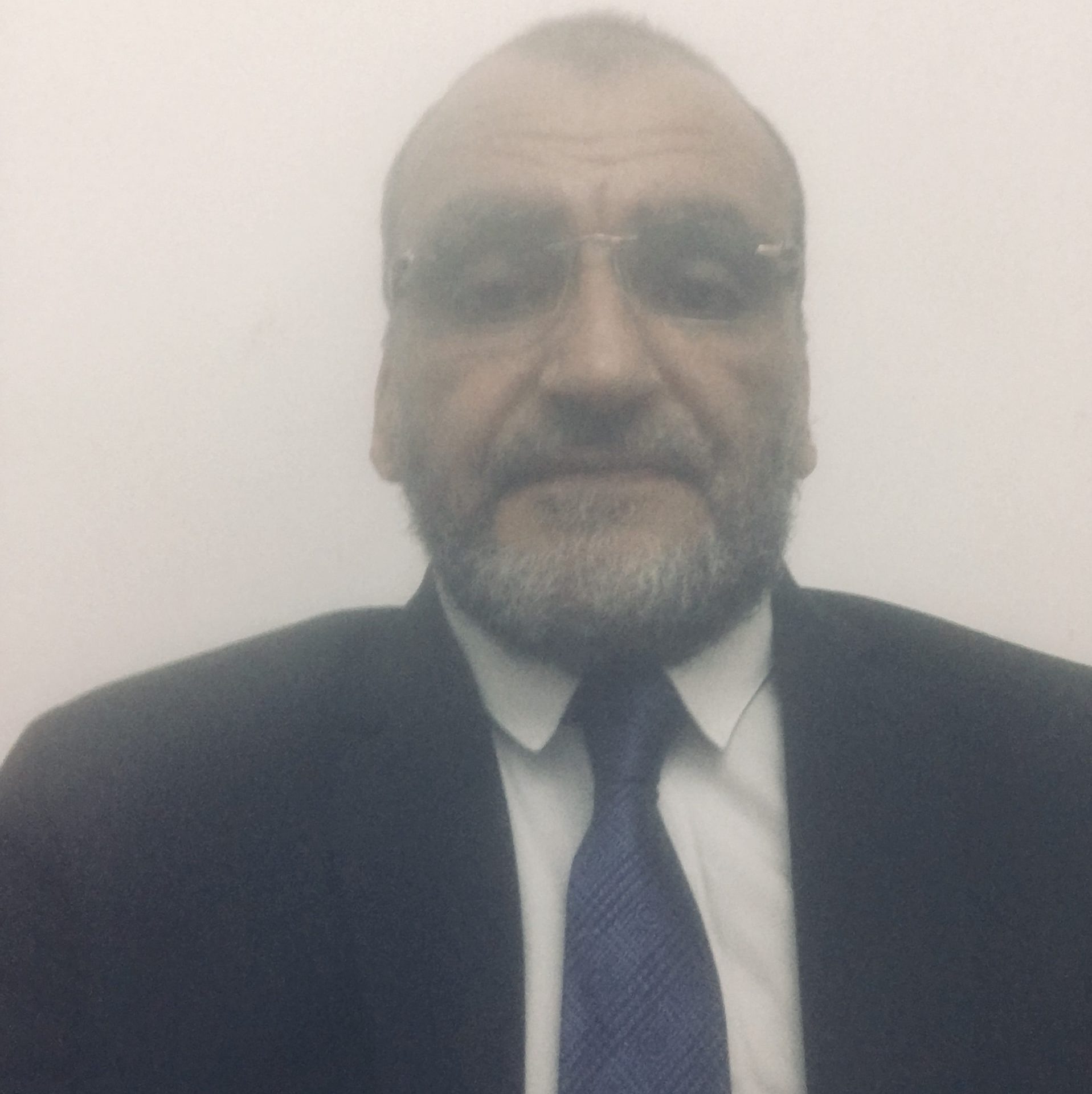Team Members

Jasmine Hegazy
Team Leader

Julia Magdy
Team Member

Hana Alaa
Team Member

Salma Baligh
Team Member
Supervisors

Prof. Alaa Hamdy
Professor

Eng. Noha ElMasry
Teaching Assistant
Abstract
“Decades of space exploration have provided us with a valuable knowledge of Earth, Solar System, and beyond. But, it has also led us to an unintended consequence – orbital space debris. Space debris has become a major concern for space stations and organizations worldwide due to the increasing number of debris generated from man-made objects such as defunct satellites, rockets, mission tool and fragments as small as paint chips. Debris comes in various shapes and sizes, according to the European space agency (ESA) there are 29,000 pieces greater than 10 centimeters, 670,000 pieces larger than 1 centimeter and above 170 million pieces larger than 1 millimeter. Since the velocity of the debris while orbiting the earth averages 10 km/sec the effect of an impact could be catastrophic and could lead to something like the Kessler syndrome, A domino effect of space debris collisions leading to a self-sustaining proliferation, posing a significant threat to orbital activities. So, in our project, detection, tracking and collision prediction of small space debris, we propose an approach to address this issue by using machine learning methods for debris detection, building a tracking model that combines Algorithms and AI-based techniques for predicting future positions of the debris and employing a collision prediction algorithm to evaluate the likelihood of potential collisions. The results should enhance space situational awareness and aid in developing effective mitigation strategies to reduce space debris.”
System Objectives
“Develop a user-friendly web application to assess space organizations and help them visualize what to expect in space when launching their satellites or space stations. To be able to detect and recognize the existence of space debris and differentiate between stars and debris. To overlay detailed characterizations on debris based on gathered information such as size, shape, composition, and orbital parameters. Continuously track the position, trajectory, and movement of debris objects to predict their future paths. Display warnings to users to prevent incorrect satellite launches. Provide collision predictions.”
System Scope
“The proposed system focuses its attention on utilizing information extracted from an encrypted Flexible Image Transport System (FITS) file to identify the debris within the Lower Earth Orbit (LEO). The system will contribute to the advancement of space debris management, providing valuable insights into LEO debris behavior. The system shall address the following:
– The system shall be able to detect space debris by utilizing the capabilities of specialized satellites and telescopes.
– The system shall utilize computer vision techniques for space debris identification and classification.
– The system shall monitor and track the trajectory of identified debris going beyond mere identification to provide a comprehensive understanding of debris behavior.
– The system shall identify potential risks of collisions.
– The system shall perform risk assessment implementing a warning system.
– The system shall generate alerts or notifications when overlaps are detected, enabling timely responses and interventions to mitigate potential risks or collisions”
Documents and Presentations
Proposal
You will find here the documents and presentation for our proposal.
Document
Presentation
SRS
You will find here the documents and presentation for our SRS.
Document
presentation
SDD
You will find here the documents and presentation for our SDD.
Document
presentation
Thesis
You will find here the documents and presentation for our Thesis
Document
Presentation
Accomplishments
Publications
Competitions

Competition Title
type here detailss about your participation in the competition.


